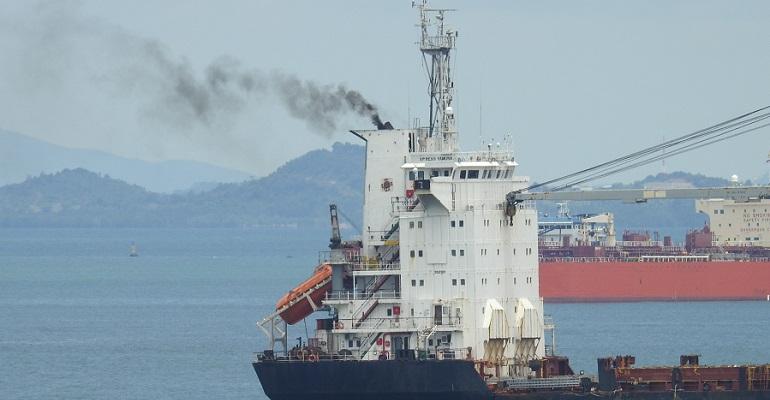The estimate from Clarksons Research comes in its latest Green Technology Tracker which monitors metrics including alternative fuel uptake and investment in energy saving technologies.
Noting that the average age of the world fleet is rising and now stands at 12.6 years in gross tonnage terms compared with a low of 9.7 years in 2013, the firm notes that 32% of global tonnage is aged over 15 years.
The analysts estimate that 30% of ships will be rated D or E under the CII framework and that about 45% of today’s tanker, bulk carrier, and container fleets, will be D or E rated if they are still trading in 2026 and have not modified speed or specification.
Describing 2023 as a hugely significant year in shipping’s decarbonisation pathway, the firm’s Global Head of Research, Steve Gordon, revealed that 49% of current orderbook tonnage is now alternative fuelled.
“Across 2023, we recorded ~539 newbuild orders involving alternative fuel capable vessels, 45% of all orders placed by tonnage,” he said. “The largest share of alternative fuelled orders in 2023 was still LNG dual fuel (220 orders of which 152 were non-LNG carriers), albeit with an increase to 125 orders of methanol dual-fuel vessels. There were also 55 new orders involving LPG as a fuel and now four with ammonia.”
Meanwhile, many owners were keeping options open. Clarksons statistics show that there are now 579 ships either on order or in operation with ‘ready’ status, including 322 that are ammonia-ready, and 272 that are methanol-ready.
Take-up has varied across shipping sectors with 83% of container ships ordered in 2023 (or 94% including ‘ready’ status) and 79% of car carriers (98% including ‘ready’ status) ordered with alternative fuel capability. Much lower take-up was evident among dry bulk and tanker owners. Overall, Gordon noted that 6% of global fleet capacity is alternative fuel capable – up from 2.3% in 2017. The firm projects that this will increase to nearly a quarter of all fleet capacity (~23%) by 2030.
Meanwhile, the take-up of energy saving technologies is accelerating with so-called ‘eco’ vessels now making up 32% of tonnage in service, including around 50% in the VLCC and Capesize sectors, Clarkson figures reveal. Some 7,295 ships have significant energy-saving technologies, including 47 with wind propulsion. More than 30 existing vessels have carbon capture technology installations, with a further 22 ships currently on order.
SOx scrubber take-up continues to increase with more than 5,590 ships, including planned retrofits, equipped with the technology, equivalent to 27% of fleet capacity. Some 420 vessels were retrofitted and 231 new ships were ordered with a scrubber over 2023. Clarkson also estimates that more than 80% of the world fleet now has ballast water management systems.
Copyright © 2024. All rights reserved. Seatrade, a trading name of Informa Markets (UK) Limited.
Add Seatrade Maritime News to your Google News feed.  |

